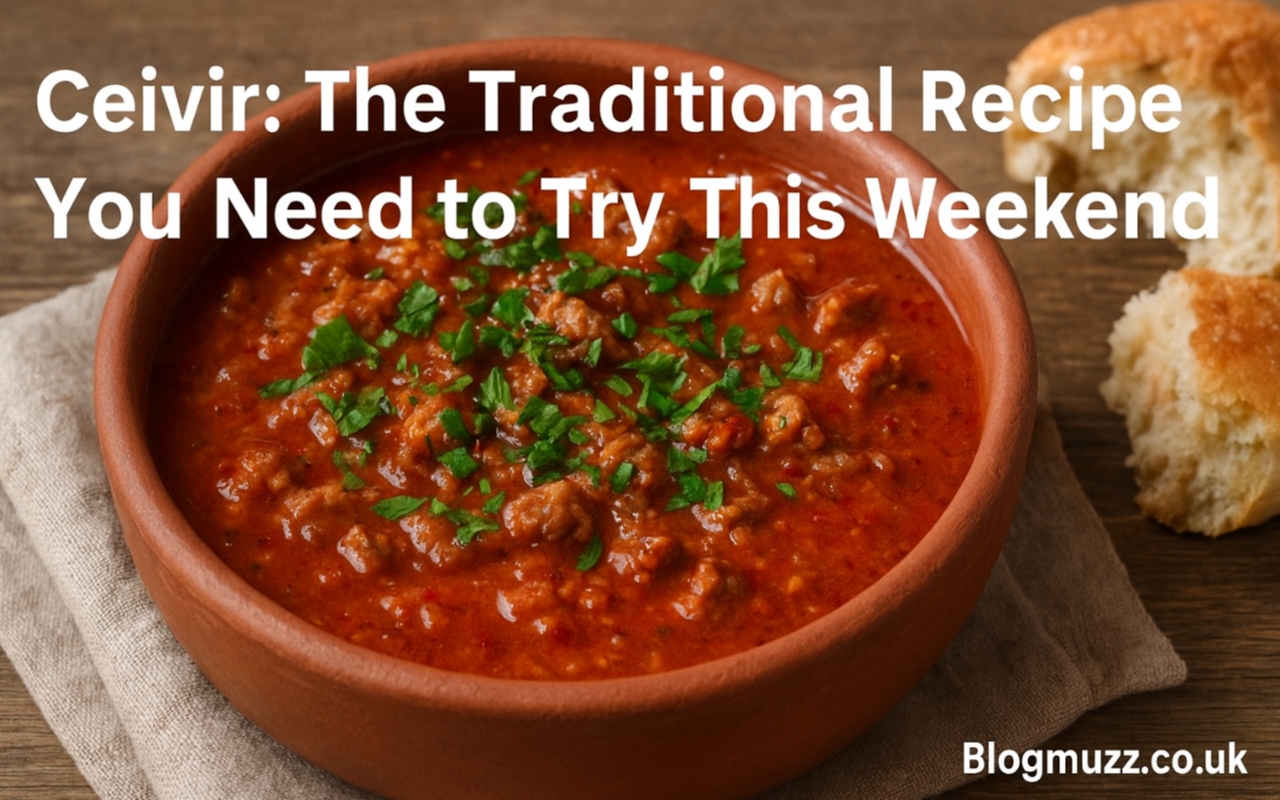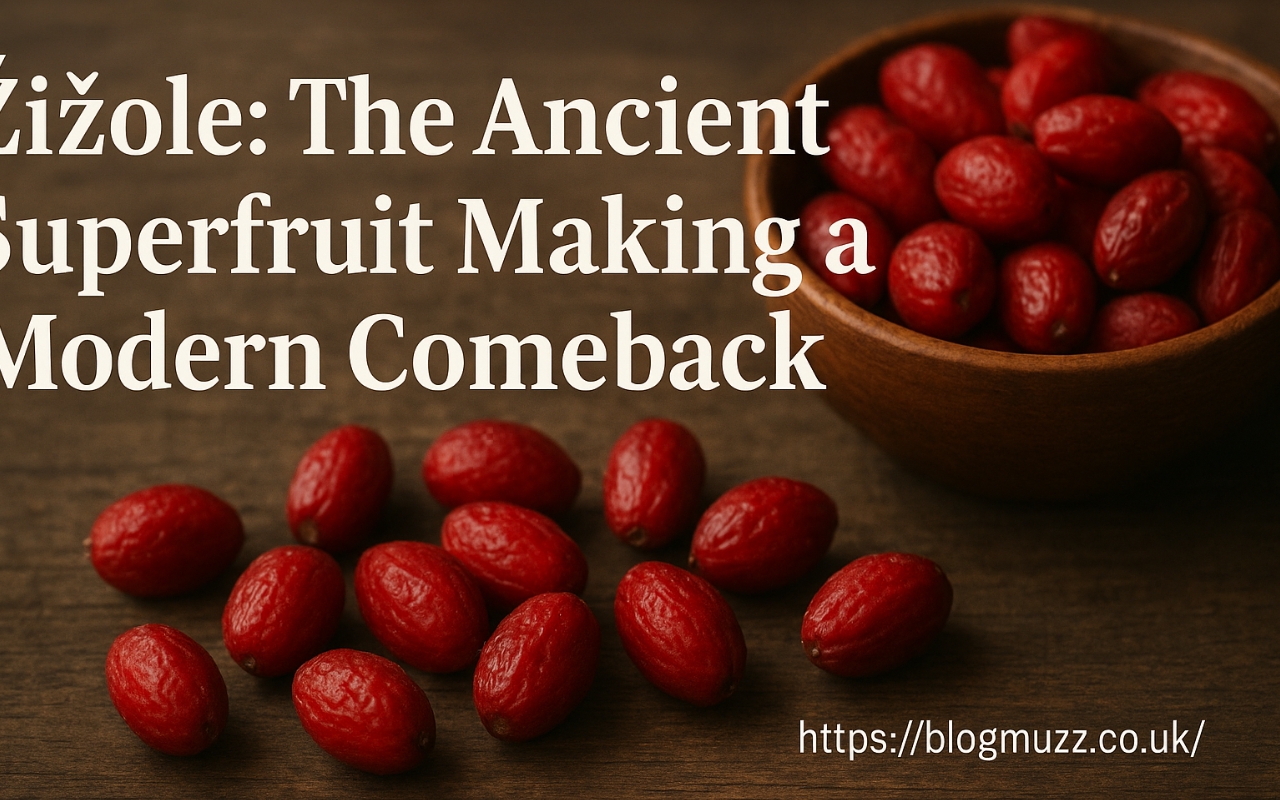Introduction to Çeciir
Çeciir is a lesser-known yet deeply fascinating food with cultural, historical, and nutritional significance. The term itself may sound unfamiliar to many outside of Turkey, but within the region, it holds importance as part of culinary tradition and community life. Derived from chickpeas, çeciir is not just a food item but also a representation of how simple ingredients have been transformed over centuries into staple dishes that nourish both the body and the cultural identity of a people. In this article, we will dive deep into what çeciir is, its origins, health benefits, and how it continues to thrive in modern kitchens. By the end, you will gain an appreciation for this traditional food and perhaps be inspired to explore it in your own cooking.
What is Çeciir?
At its core, çeciir refers to a preparation or culinary tradition involving chickpeas, which have long been a vital crop across the Middle East and Mediterranean. Chickpeas, known for their versatility, are used in countless forms such as roasted snacks, stews, soups, or ground into flour. Çeciir is typically associated with roasted or cooked chickpeas prepared in specific regional ways. Depending on the locality, it can be a snack, a hearty meal component, or even a celebratory food shared during gatherings. The beauty of çeciir lies in its simplicity—just humble chickpeas transformed through roasting, seasoning, or simmering into something deliciously memorable. This ability to adapt across contexts makes çeciir not only a dish but a cultural expression.
The Origins of Çeciir
The history of çeciir is deeply rooted in the agricultural traditions of Turkey and neighboring regions. Chickpeas themselves have been cultivated for thousands of years, with archaeological evidence tracing their domestication back to the Fertile Crescent. As one of the earliest legumes grown by humans, chickpeas became a cornerstone of diets in ancient civilizations such as Mesopotamia, Egypt, and Anatolia. Çeciir, specifically, evolved as communities sought ways to preserve, prepare, and enjoy chickpeas in forms that were both nourishing and long-lasting. In rural villages, roasting chickpeas created a portable snack that shepherds and travelers could carry with them. Over time, çeciir became more than just sustenance—it became part of cultural rituals, agricultural celebrations, and even religious observances. Each region added its own twist, whether through spices, cooking methods, or pairing with other foods, embedding çeciir deeply into the culinary heritage of Turkey.
Cultural Significance of Çeciir
Beyond its role as a food, çeciir holds cultural symbolism. It is often prepared during community events, religious holidays, or family gatherings. In some traditions, it is shared as a gesture of hospitality, embodying the warmth and generosity of Turkish culture. Moreover, çeciir connects generations—grandparents teaching grandchildren how to roast or prepare it, passing down not only a recipe but also values of patience, resourcefulness, and appreciation for simple ingredients. It also finds a place in street culture, sold by vendors who keep the practice alive in bustling markets. Eating çeciir, therefore, is not only about nourishment but also about engaging with a living tradition that has endured through centuries of change.
Nutritional Value of Çeciir
Çeciir is as nourishing as it is culturally rich. Being chickpea-based, it offers an impressive nutritional profile that supports modern health-conscious lifestyles. Chickpeas are an excellent source of plant-based protein, making them a valuable option for vegetarians and vegans. They are also rich in dietary fiber, which aids digestion and promotes a feeling of fullness, thereby supporting weight management. Additionally, chickpeas provide essential minerals such as iron, magnesium, phosphorus, and zinc, all of which contribute to maintaining strong bones, balanced energy levels, and robust immunity. They also contain B vitamins, particularly folate, which supports brain function and cardiovascular health. When chickpeas are roasted or boiled to make çeciir, these nutrients are largely preserved, meaning that every bite offers both satisfaction and health benefits.
Health Benefits of Çeciir
The health benefits of consuming çeciir are extensive. First, its high fiber content makes it an excellent aid for digestive health, preventing constipation and promoting gut microbiome balance. Second, its low glycemic index makes it suitable for people managing blood sugar levels, including those with diabetes. Third, the protein-rich composition helps support muscle repair, energy, and satiety, making çeciir an ideal snack for athletes or anyone with active lifestyles. Furthermore, the presence of antioxidants in chickpeas can help reduce inflammation and protect against chronic diseases. Eating çeciir regularly can also contribute to heart health by lowering LDL cholesterol levels, improving blood vessel function, and supporting overall cardiovascular wellness. As modern diets increasingly emphasize plant-based and whole foods, çeciir naturally aligns with these health trends while maintaining traditional authenticity.
Variations of Çeciir Across Regions
One of the fascinating aspects of çeciir is the diversity it exhibits across regions. In some parts of Turkey, çeciir is prepared as a crunchy roasted snack lightly salted, making it perfect for casual eating. In other regions, it may be cooked with spices such as cumin, paprika, or sumac, resulting in bold and aromatic flavors. Sometimes çeciir is simmered into stews or soups, where chickpeas absorb the rich flavors of meat, vegetables, and herbs, turning into a wholesome meal. Street vendors often roast chickpeas in large pans, selling them in paper cones, evoking nostalgia for many locals. This diversity highlights how a single ingredient, adapted to different climates, tastes, and customs, can take on countless forms. It also underscores the creativity of local communities who continue to reinterpret çeciir while staying true to its essence.
How Çeciir Fits Into Modern Diets
In today’s world of globalized cuisine and health-conscious choices, çeciir has found renewed relevance. It appeals to those seeking snacks that are not overly processed, offering a natural alternative to chips or sugary treats. Its high protein and fiber make it suitable for weight management diets, while its versatility means it can be incorporated into salads, bowls, or even as a topping for soups and grain dishes. With plant-based eating gaining popularity, çeciir provides a traditional yet contemporary option for those wishing to reduce meat consumption without sacrificing nutrition. Moreover, the global fascination with Middle Eastern and Mediterranean diets has opened new opportunities for çeciir to be introduced to international kitchens. Food bloggers, nutritionists, and chefs increasingly highlight its benefits, ensuring that çeciir is no longer confined to its place of origin but becomes part of the global food conversation.
How to Prepare Çeciir at Home
For those inspired to try çeciir at home, the process is relatively simple yet rewarding. To make roasted çeciir, start by soaking dried chickpeas overnight to soften them. After draining and drying, coat them lightly with olive oil and season with salt, herbs, or spices of your choice. Then, roast them in the oven until they are golden and crunchy. This homemade version allows for customization—whether you prefer them spicy, savory, or even slightly sweet with cinnamon and honey. For a more traditional approach, chickpeas can be slow-cooked in stews with onions, garlic, tomatoes, and local spices, creating a dish that is both hearty and deeply flavorful. The adaptability of çeciir ensures that no matter your cooking style, there is a way to enjoy it that suits your palate.
The Future of Çeciir
As global food trends continue to emphasize sustainability, tradition, and health, çeciir is poised to gain greater recognition. Chickpeas are an environmentally friendly crop, requiring relatively little water compared to other protein sources, making them a sustainable choice for the future of food security. With growing interest in cultural heritage foods, çeciir also has the potential to become a celebrated dish on the world stage, much like hummus or falafel. Efforts to document and share traditional recipes ensure that younger generations will continue to cherish and adapt çeciir. Whether as a nostalgic street snack in Turkey or as a trendy superfood snack abroad, çeciir embodies resilience, adaptability, and timeless appeal.
Conclusion
Çeciir is far more than a dish—it is a story of tradition, nourishment, and community. Rooted in the humble chickpea, it connects us to ancient agricultural practices while offering health benefits that align with modern dietary needs. Its versatility across regions, its cultural symbolism, and its nutritional power all contribute to its enduring significance. As more people around the world discover çeciir, it will continue to thrive as both a cultural treasure and a health-supportive food. Embracing çeciir means not only enjoying a delicious dish but also participating in a legacy that has fed generations and will continue to do so for centuries to come.


